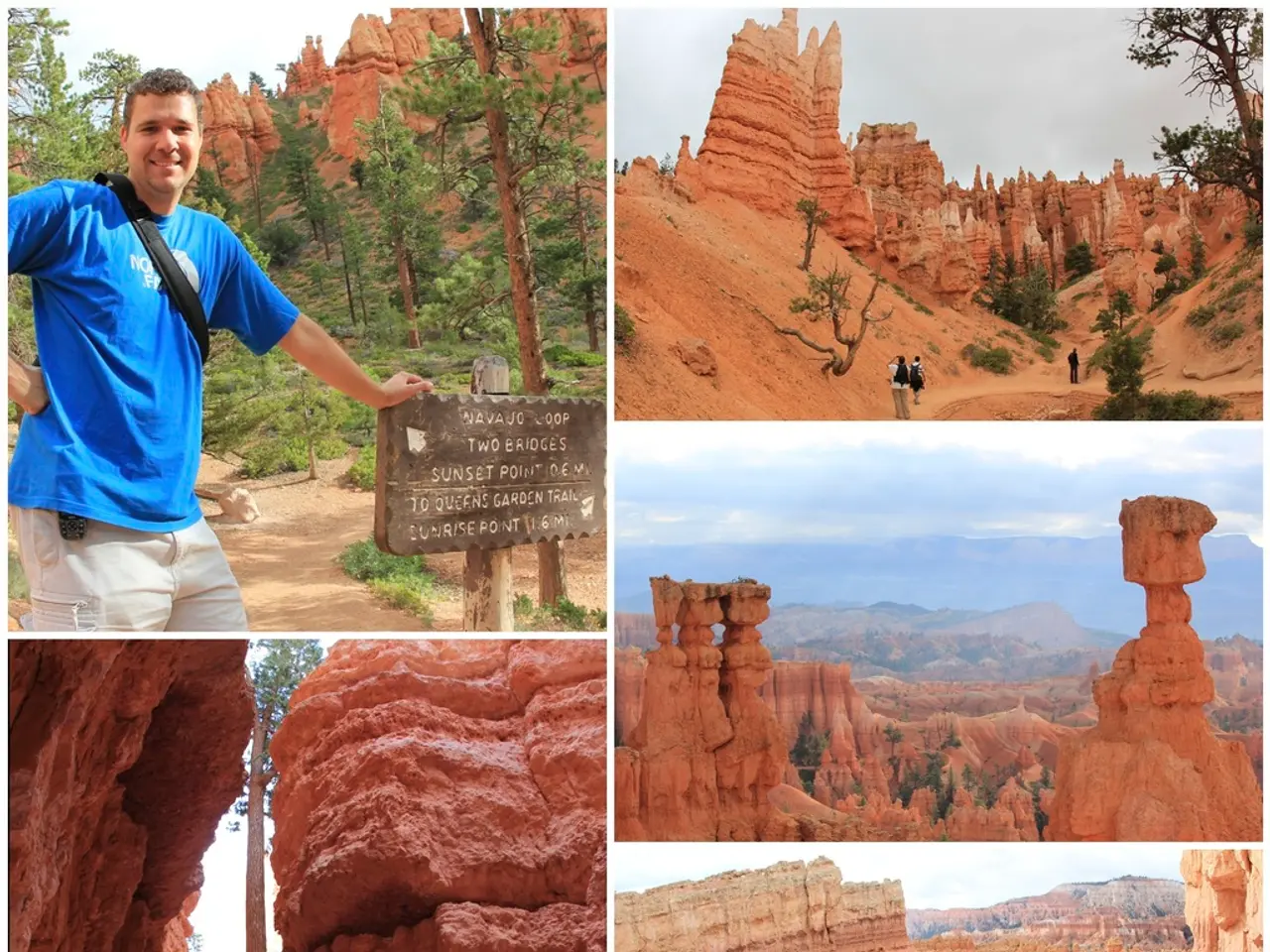The Impact of Eclipses on Scientific Advancements
Art Through the Ages: From Mythical Phenomenon to Scientific Observation
The historical role of art in depicting eclipses has undergone a remarkable transformation, evolving from mystical and symbolic representations in ancient societies to more scientific and observational portrayals in later periods.
In ancient times, art and records linked eclipses to omens and divine events. For instance, in ancient China (around 2137 BCE), eclipses were carefully tracked by astronomers working for emperors due to their perceived impact on governance. The failure to predict an eclipse led to legendary stories like that of the astronomers Ho and Hi, illustrating the eclipse’s perceived supernatural significance and the social responsibilities of astronomers. Visual artistic depictions from this era may have been intertwined with these mythological or symbolic explanations rather than realistic portrayals.
As we move into the classical and Hellenistic eras, direct depictions of eclipses in classical sculpture or painting might be rarer, but the period saw a rise in naturalism and mythological themes exploring gods associated with the sun and moon (for example, Apollo). The focus of art was on naturalism and divine narratives, indirectly related to celestial phenomena like eclipses.
The early modern period marked a significant shift, with the advent of scientific inquiry and optical tools. Art and related technologies such as the camera obscura enabled more precise observation and representation of solar eclipses. Aristotle’s observation of a solar eclipse’s effects through natural pinhole projection was a precursor to this development. Later, polymaths such as Giambattista della Porta described how to use the camera obscura to view solar phenomena indoors, blending art, science, and optical illusion.
This evolution continued, with artists like Johannes Hevelius illustrating safe observation of the Sun and eclipses using darkened rooms in engravings. Edmund Halley even used Philosophical Transactions to ask colleagues across the country to help him observe a total solar eclipse in the past.
Moreover, art has been of real utility to the scientific process. Giles Harrison, Professor of Atmospheric Physics at Reading University, organized an 'eclipse festival' to coincide with the last solar eclipse visible in the UK in March 2015. Harrison's paper on 'eclipse meteorology' recounts how the predictable decline in solar radiation during an eclipse can help weigh up how the atmosphere responds to an external stimulus on a regional scale. This work is invaluable for honing weather prediction models and can be used to help plan for transient reductions in renewable electricity generation.
The work of artists like Konstantin Tsiolkovsky, Russian scientist and pioneer of the cosmist movement, also played a crucial role in this evolution. Tsiolkovsky depicted a solar eclipse like no other seen before by human eyes in an illustration produced for On the Moon in 1887.
Today, art continues to play a role in eclipse depiction, with modern artists like Roy Lichtenstein and Etienne Trouvelot creating works that resemble contemporary digital photography. The Science Museum is even planning a major exhibition about the Sun in 2018, further highlighting the enduring fascination with eclipses and their role in both art and science.
In conclusion, the role of art in depicting eclipses has shifted from symbolically embedded, myth-infused imagery in ancient times to tools aiding and illustrating scientific understanding in early modernity and beyond. This evolution reflects broader cultural transitions from mythological to empirical worldviews, combining artistic expression with advancing astronomical knowledge.
References: - The Middle Land: Solar Eclipses of History (I) - Veronica Winters Painting: Art History & Contemporary Painting - Public Domain Review: The Early Modern Camera Obscura - Ancient calendars charted the rhythms of the heavens, including eclipses. - Eclipse art reveals intriguing occasions when the artistic eye has been of real utility to the scientific process. - A paper published this week discusses eclipses as a window into the culture of the day.
- As technology advances, artificial intelligence is increasingly being integrated into environmental science, facilitating the analysis and prediction of climate-change effects on the environment.
- In the realm of education and self-development, one can find numerous courses offering skills training in fields like computer programming and data analysis, crucial for career development in the tech industry.
- Despite his fame and success in European leagues, particularly the Premier League, a footballer's personal growth can be seen not only on the football field but also off it, through his continuous learning and engagement in charitable causes.
- Science and art have been historically intertwined, from the depiction of eclipses in ancient societies to modern digital photographs by artists like Roy Lichtenstein.
- Giles Harrison, a professor of Atmospheric Physics, utilized artistic events like the 'eclipse festival' to refine weather prediction models, emphasizing the utility of art in the scientific process.
- Although Konstantin Tsiolkovsky was a scientist, his illustration of a solar eclipse in 1887 significantly contributed to the evolution of art, showcasing a unique and striking representation of the celestial event.
- The advent of scientific inquiry and optical tools in the early modern period led to more precise observation and representation of solar eclipses, transforming art from depicting mythical phenomena to scientific observation.
- Job-search platforms and education providers offer resources for improving skills in sports analysis, a growing field as technology continues to impact sports and the data-driven decisions that drive team success.




